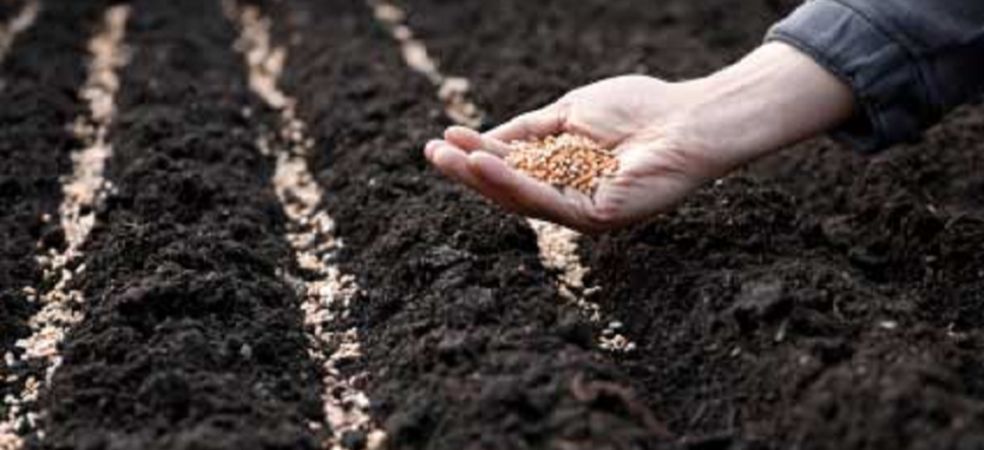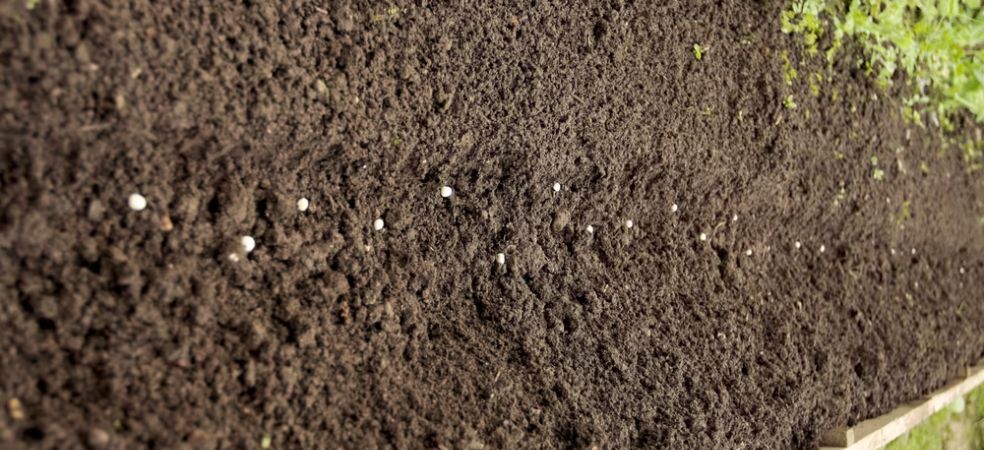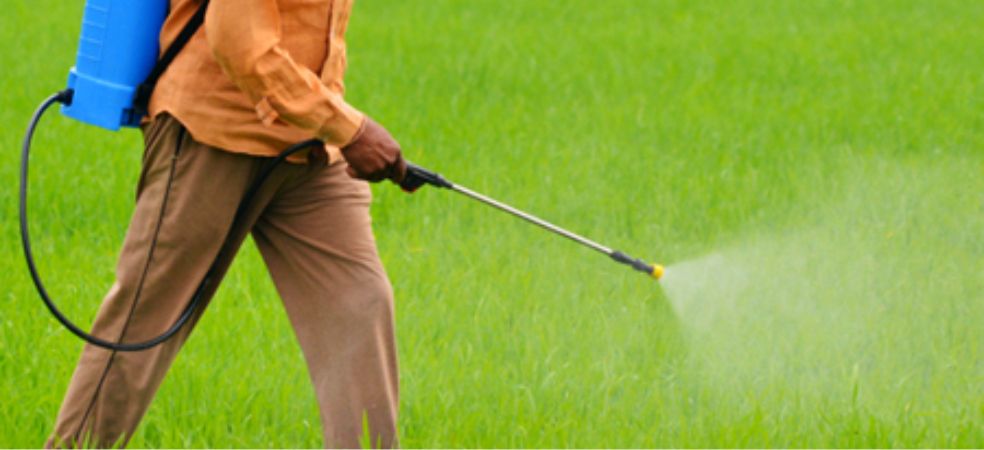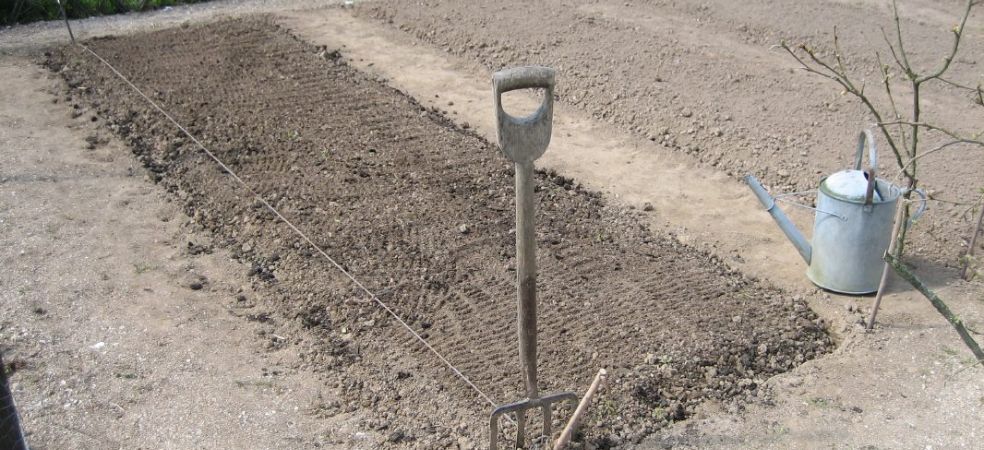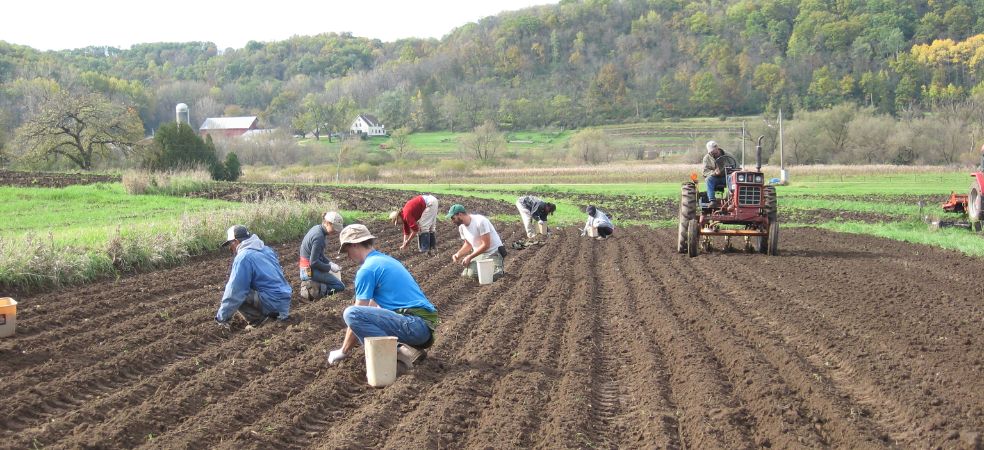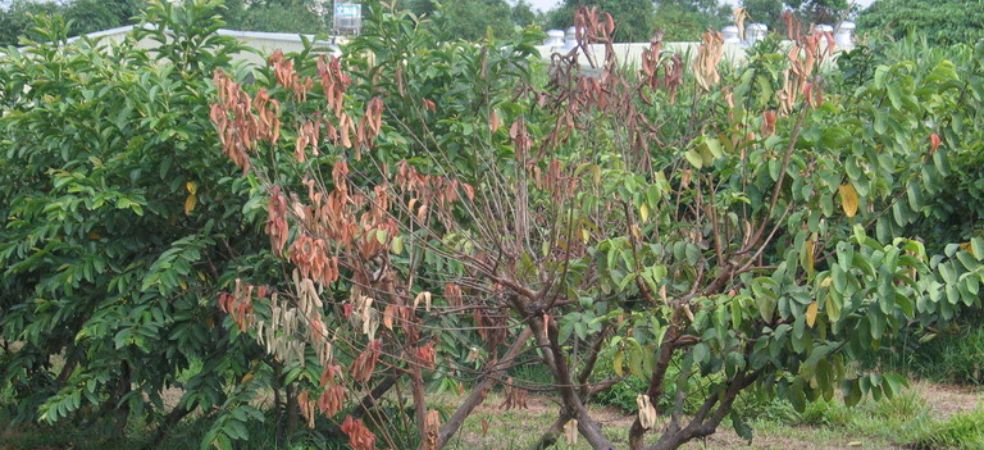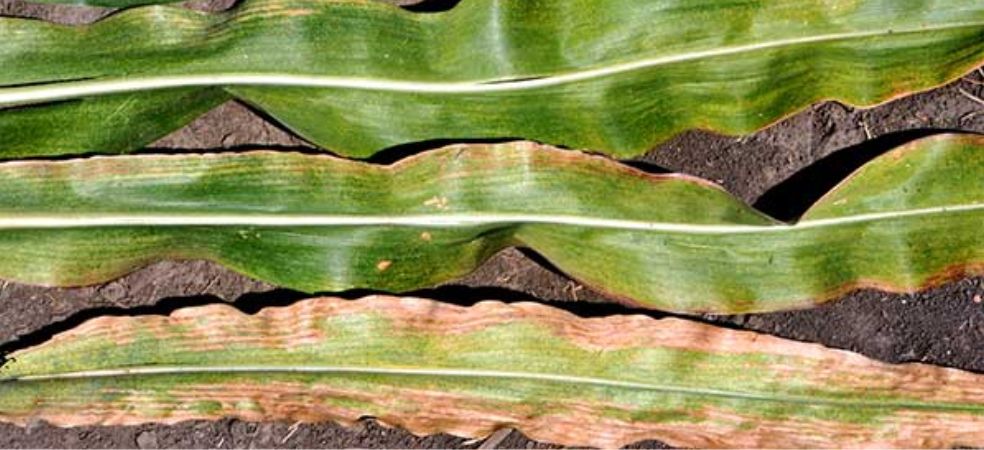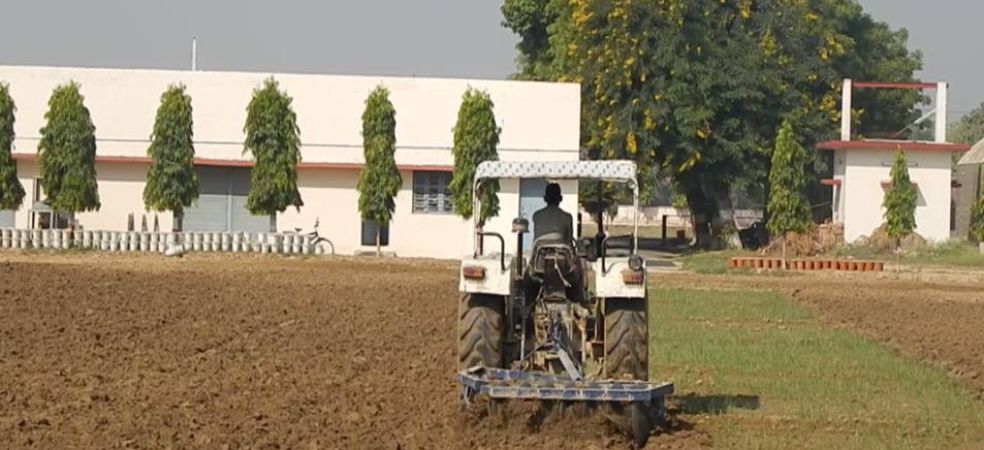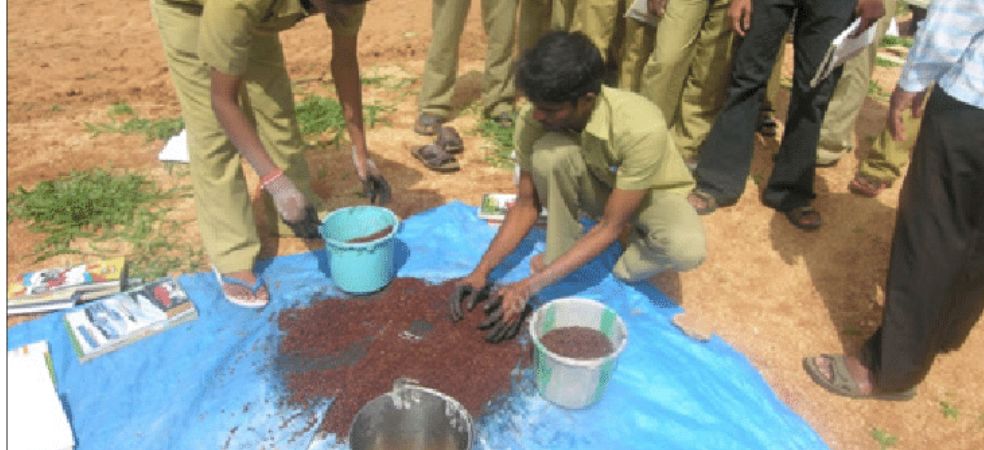-
The best time for sowing mustard is between the 5th and 25th of October.
-
Sowing mustard at this time gives good production, hence farmers should sow mustard by 25th October.
-
Farmers should use 1 kg of seeds in one acre of field for sowing mustard.
-
Mustard should be sown in rows so that weeding is easy.
-
Mustard should be sown with a local plough or seed drill.
-
In this, the distance from row to row should be kept at 30 cm and the distance from plant to plant should be held at 10-12 cm.
-
While sowing mustard, keep in mind that the seeds are planted at a depth of 2-3 cm.
-
Seeds should not be sown at a depth greater than 100 cm because sowing seeds at greater depth has an adverse effect on seed germination.
ShareFor such important information related to the agriculture sector and farmers, do read Gramophone articles daily. If you liked today’s information then don’t forget to share.

